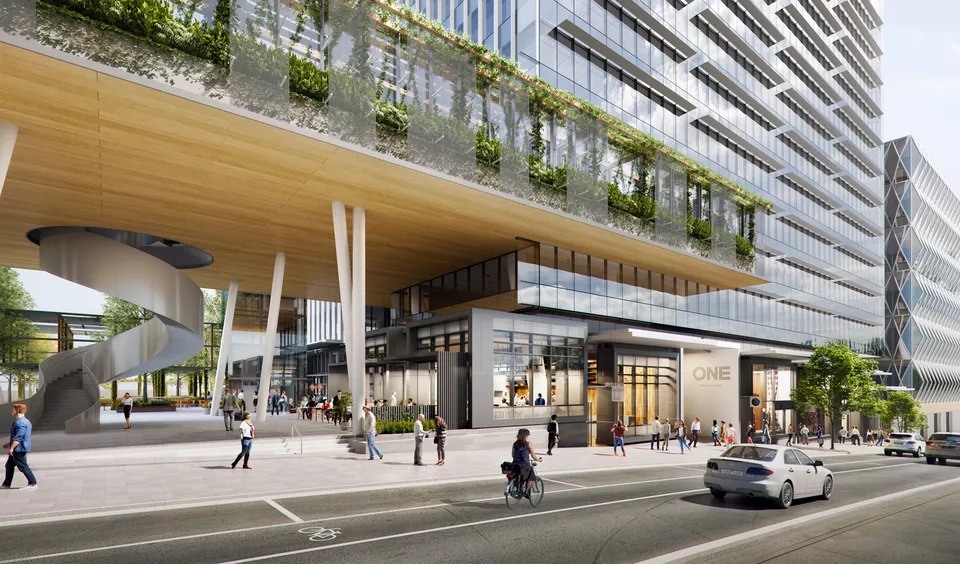Melbourne City Office Space a ‘Landlord's Market’
Vacancy rates in Melbourne’s CBD office market could shrink to below 4 per cent with prime net effective rents forecast to remain strong in coming years, according to new research.
Surging rents and rising tenant demand will ensure CBD vacancy rates tighten even further, according to Cushman & Wakefield’s latest office market report.
The forecast of 4 per cent could be short-lived, however, as 93,000sq m of new supply comes online by the end of 2018.
Billionaire Lang Walker’s Collins Square development is soon to be complete, with the fifth and final tower topping out in April.
Lendlease’s One Melbourne Quarter will quickly follow – on track for a September 2018 completion – and the two projects will add almost 70,000sq m to Melbourne’s net leasable area by the year’s third quarter.
City commercial offices posted a 13 per cent increase in net effective rent over the last 12 months with an average gross rent of $580 per square metre – representing a quarter on quarter increase in net effective rent of 1.7 per cent.
These numbers are expected to continue climbing until 2020 at which point significant enough supply additions will slow its growth.
In the 12 months leading up to March of this year, vacancy rates in the Melbourne CBD dropped from 7 per cent to 5.2 per cent.
Net incentives provided by landlords have remained constant over the second quarter of 2018 at an average of 28 per cent.
Related: Melbourne Dominates Australian Building Hotspots List

In other markets, Sydney has remained fairly steady across the board. Gross effective rent has been maintained at around $955 per square metre after strong growth during the first quarter.
Parramatta has cemented itself as a strong player in the commercial market with gross rent breaking past the $500 per square metre mark in quarter two. As expected, Brisbane has posted the lowest gross effective rents of the three with an average of $448 per square metre for the quarter.
Only 47,700sq m of office space is currently under construction in the Brisbane CBD. This is expected to result in an undersupply over the next 18 months putting downward pressure on vacancy rates.
Related Reading: Brisbane’s Office Market Recovery Slower than Expected














